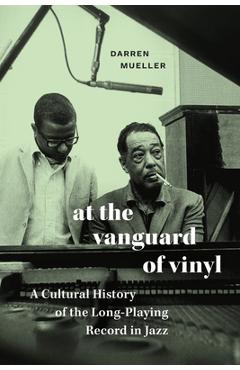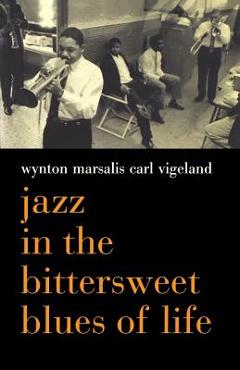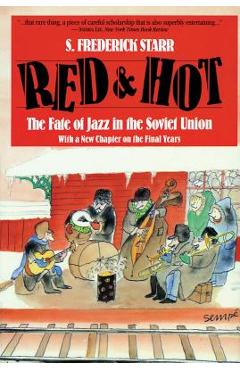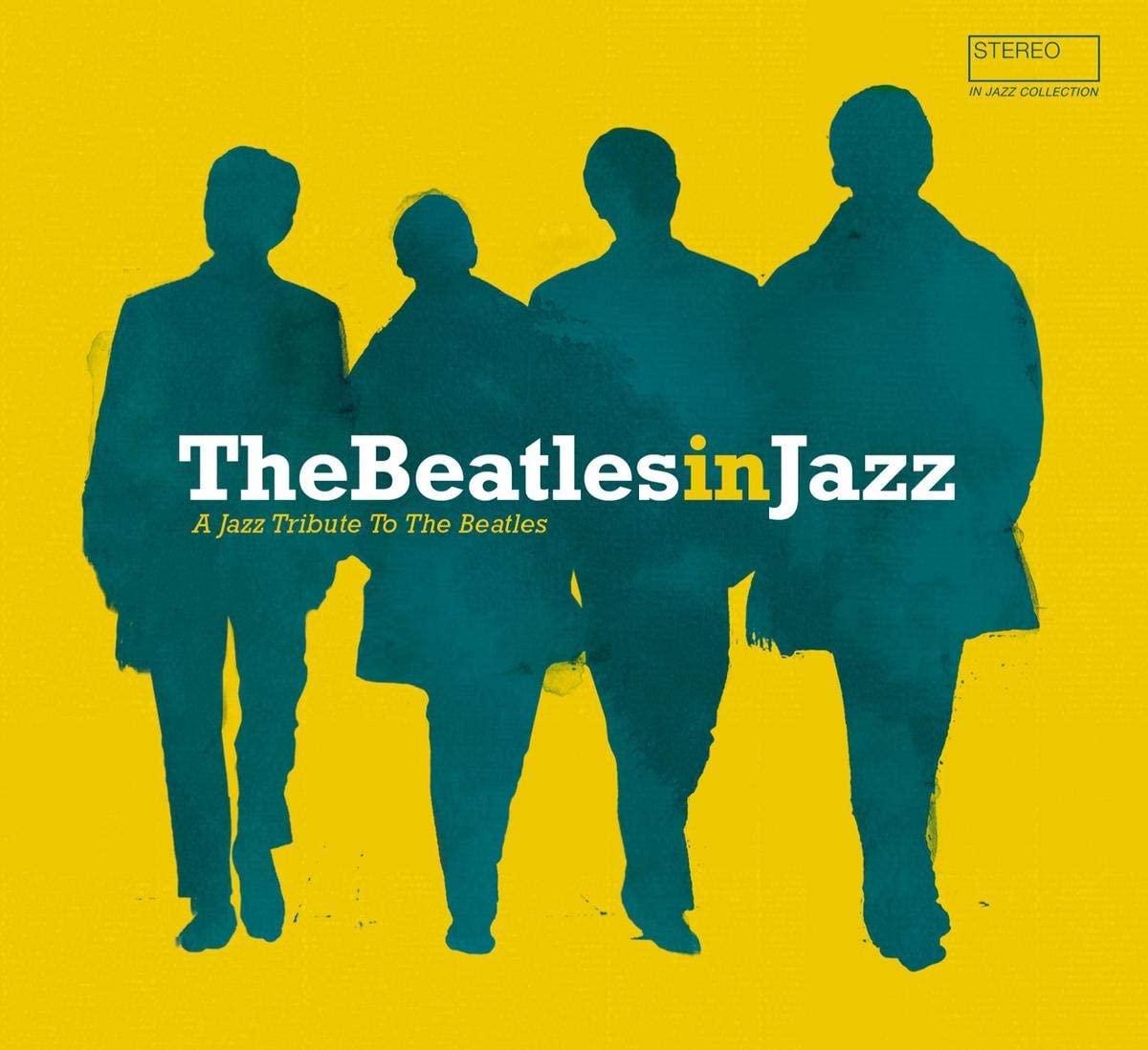Jazz in the Hill: Nightlife and Narratives of a Pittsburgh Neighborhood - Colter Harper

Detalii Jazz in the Hill: Nightlife
Jazz in the Hill: Nightlife - Disponibil la libris.ro
Pe YEO găsești Jazz in the Hill: Nightlife de la Colter Harper, în categoria Music.
Indiferent de nevoile tale, Jazz in the Hill: Nightlife and Narratives of a Pittsburgh Neighborhood - Colter Harper din categoria Music îți poate aduce un echilibru perfect între calitate și preț, cu avantaje practice și moderne.
Preț: 244.4 Lei
Caracteristicile produsului Jazz in the Hill: Nightlife
Comandă Jazz in the Hill: Nightlife Online, Simplu și Rapid
Prin intermediul platformei YEO, poți comanda Jazz in the Hill: Nightlife de la libris.ro rapid și în siguranță. Bucură-te de o experiență de cumpărături online optimizată și descoperă cele mai bune oferte actualizate constant.
Descriere magazin:
From the 1920s through the 1960s, Pittsburgh\'s Hill District was the heart of the city\'s Black cultural life and home to a vibrant jazz scene. In Jazz in the Hill: Nightlife and Narratives of a Pittsburgh Neighborhood , Colter Harper looks at how jazz shaped the neighborhood and created a way of life. Beyond backdrops for remarkable careers, jazz clubs sparked the development of a self-determined African American community. In delving into the history of entrepreneurialism, placemaking, labor organizing, and critical listening in the Hill District, Harper forges connections to larger political contexts, processes of urban development, and civil rights struggles. Harper adopts a broad approach in thinking about jazz clubs, foregrounding the network of patrons, business owners, and musicians who were actively invested in community building. Jazz in the Hill provides a valuable case study detailing the intersections of music, political and cultural history, public policy, labor, and law. The book addresses distinctive eras and issues of twentieth century American urban history, including notions of vice during the Prohibition Era (1920-1934); blight during the mid-twentieth century boom in urban redevelopment (1946-1973); and workplace integration during the civil rights era (1954-1968). Throughout, Harper demonstrates how the clubs, as a nexus of music, politics, economy, labor, and social relations, supported the livelihood of residents and artists while developing cultures of listening and learning. Though the neighborhood has undergone an extensive socioeconomic transformation that has muted its nightlife, this musical legacy continues to guide current development visions for the Hill on the cusp of its remaking.

Produse asemănătoare

Jazz in the Hill: Nightlife and Narratives of a Pittsburgh Neighborhood - Colter Harper
![]() libris.ro
libris.ro
Actualizat in 28/10/2025
244.4 Lei

At the Vanguard of Vinyl: A Cultural History of the Long-Playing Record in Jazz - Darren Mueller
![]() libris.ro
libris.ro
Actualizat in 28/10/2025
267.43 Lei

Jazz in the Bittersweet Blues of Life - Wynton Marsalis
![]() libris.ro
libris.ro
Actualizat in 28/10/2025
118.98 Lei

Red and Hot: The Fate of Jazz in the Soviet Union - S Frederick Starr
![]() libris.ro
libris.ro
Actualizat in 28/10/2025
158.62 Lei
Produse marca Colter Harper

Jazz in the Hill: Nightlife and Narratives of a Pittsburgh Neighborhood - Colter Harper
![]() libris.ro
libris.ro
Actualizat in 28/10/2025
244.4 Lei

